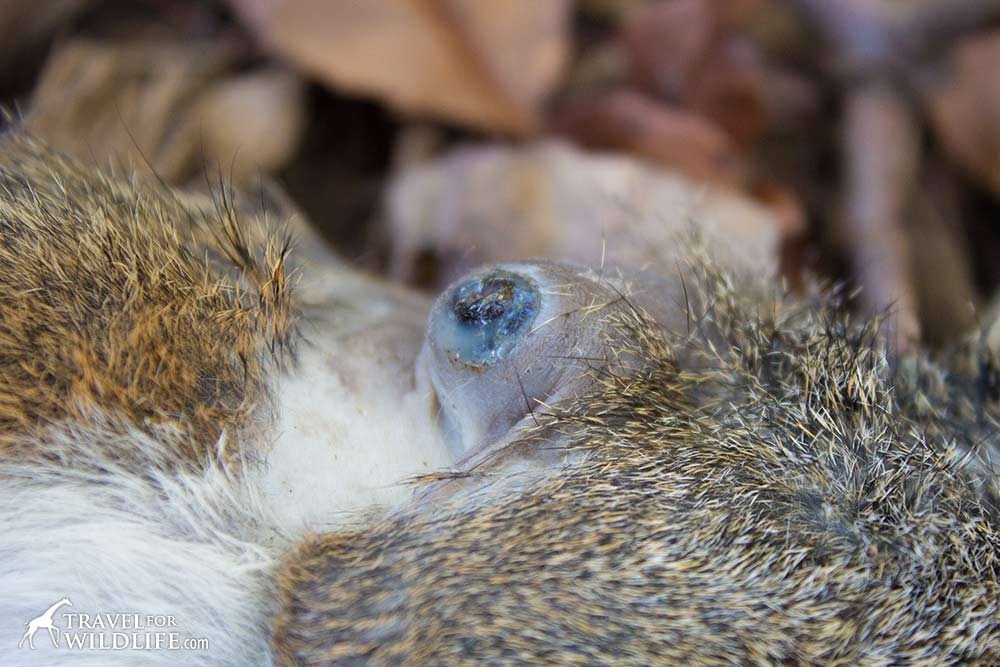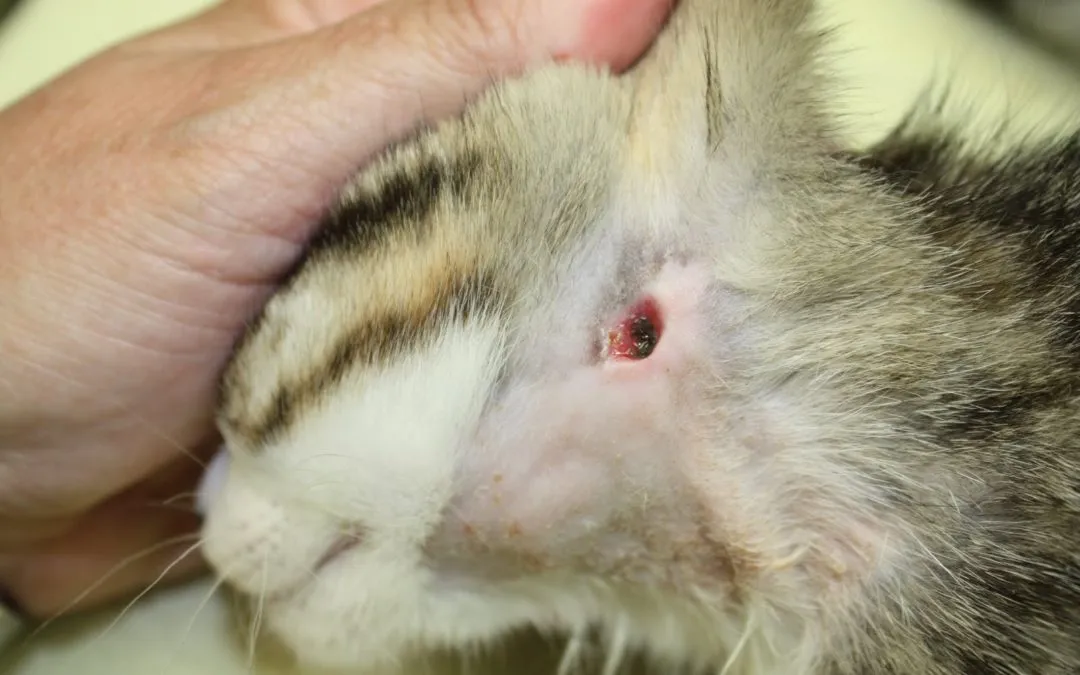Botflies In Cats; Botflies are non-biting flies that can be found across most of North America. Botflies, or Cuterebra flies, are parasitic flies found in the Americas, where they are required parasites of rodents and rabbits. The species is most active in the late spring and summer months but can be found for longer periods of time in warmer climates. Cuterebra larvae find their way into cats by accident.
They are most commonly infected while hunting rodents or rabbits and come into contact with botfly larvae near a rodent’s burrow entrance. The majority of cat warbles occur around the head and neck. Cats are usually unintentional botfly larvae hosts, picking up the larvae while going to explore near rabbit or rodent hideouts.

Cats who spend a lot of time outside are more vulnerable, and infestations are most common in the summer. When cats come into contact with a blade of grass that has a maggot on it, they become infected with a botfly larva. The maggot is enticed to crawl onto the cat by the cat’s movement against the blade of grass. The maggot then crawls around the cat, looking for an opening through which to enter.
Table of Contents
The life cycle of Botflies
- The adult botfly lays its eggs near or in rodent and rabbit burrow openings.
- The botfly larvae, which infect rodents and rabbits, enter the body of the host through an opening such as the nose or mouth, or through a skin wound, after hatching.
- The botfly larvae migrate to the tissues beneath the skin after several days, where they encyst and continue their development.
- The larva develops into a pupa in loose soil, debris, or plant litter on the forest floor after leaving the host.
- Depending on the environmental temperature and botfly species, the pupation period can last anywhere from 7 to 11 months or as little as 28 days.
- Cuterebra flies mate within a few days of emerging, and they rarely live longer than two weeks.
Symptoms of Botflies in cats

Depending on where the larvae are in the cat’s body, the symptoms of the botfly larvae parasite can vary. The most common symptom is cutaneous, or skin, though the parasite can also affect the central nervous system, respiratory system, and eyes. Cuterebra infection can be detected by warbles beneath the skin’s surface, or your cat may show signs of the larvae migrating through its tissues. The common symptoms include:
- Fever
- Fatigue
- Appetite loss
Symptoms of the Skin:
- A lesion or a draining sore
- Excessive grooming of a specific site
- Lump under the skin
Symptoms of the lungs:
- Coughing
- Sneezing
- Gagging
- Nasal discharge
- Breathing problems
Symptoms of the eyes include:
- Lesions
- Facial paralysis
- Blindness
Symptoms of the Nervous System
- Atypical behavior
- Head pressing
- Disorientation
- Head tilt
- Atypical vocalization
- Circling
- Atypical gait
- Lack of reflexes
- Seizures
- Paralysis
Diagnosis of Botflies in cats
A warble under the skin is the most obvious sign of a Cuterebra infection, and your veterinarian will be able to quickly determine whether it is the botfly. A physical examination is more than enough to diagnose cuterebrosis, in which case the parasite has settled beneath the skin.
The vet will examine the cyst or warble on your cat’s skin for signs of larval infection. Cuterebra larva can be detected by analyzing blood, urine, and discharged fluid. The presence of parasite-produced toxins in bodily fluids can aid in the diagnosis. Cerebrospinal fluid testing may also be required, particularly if neurological symptoms are present. Imaging techniques such as an MRI or CT scan may also be beneficial.
Treatment of Botfliesin Cats

Treatment options will differ considerably on your pet’s symptoms, severity, and parasite location. Your veterinarian will be able to safely remove the maggot if it is at the end of its migratory stage and has settled into a location on the body, such as under the skin, eyes, or nose. Corticosteroids may help to alleviate lung migration symptoms.
Before the medication is given, a corticosteroid treatment will be given. The anti-parasite medication can be used to treat symptoms caused by maggots that have migrated into the lungs or to kill larvae in other tissues, such as the central nervous system. If bacteria are present, antibiotics are required.
The outlook is generally good if the Cuterebra larvae are completely eliminated. It may take some time for the lesion or wound where the larva was removed to heal. Keep an eye on the area for signs of infection, and schedule another appointment to have the injury inspected if it starts to swell, drain pus, or spread.
Prevention
The best way to avoid this is to keep your cat away from rodents. If this isn’t possible, and you live in an area where there are a lot of rodents, rabbits, or other small mammals, you should check your cat for signs of warbles on a regular basis.




